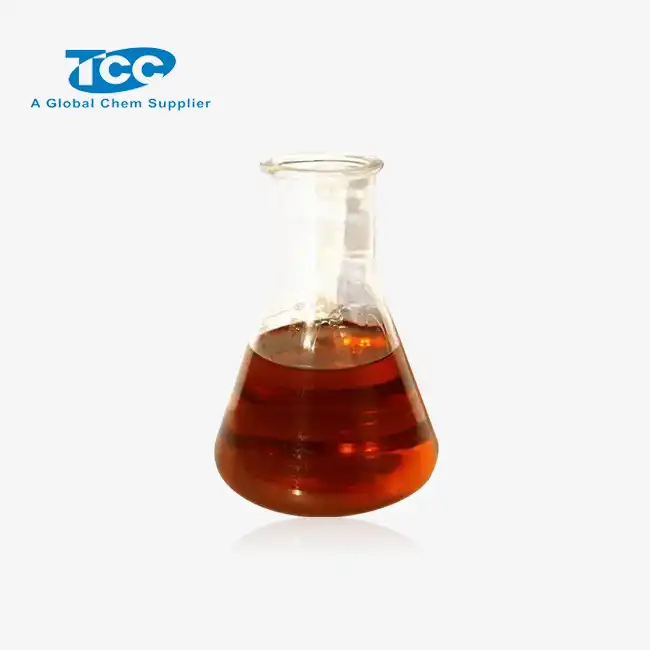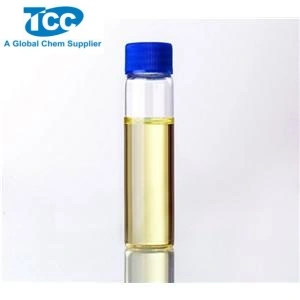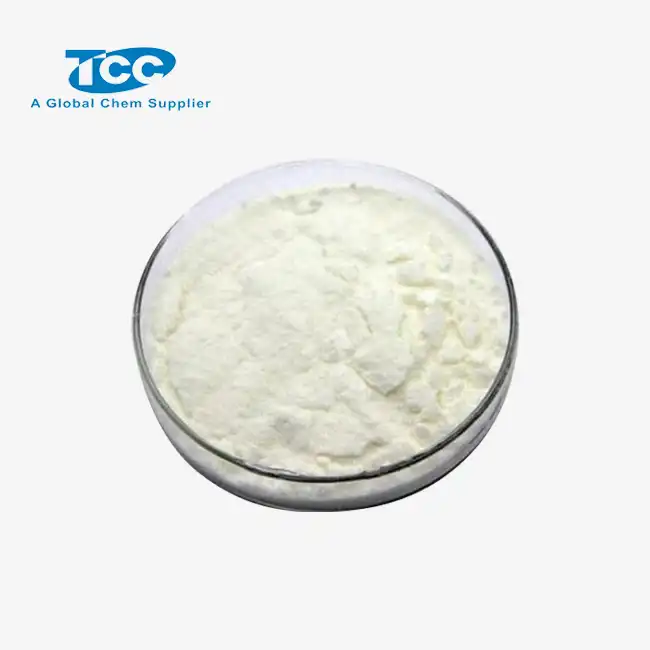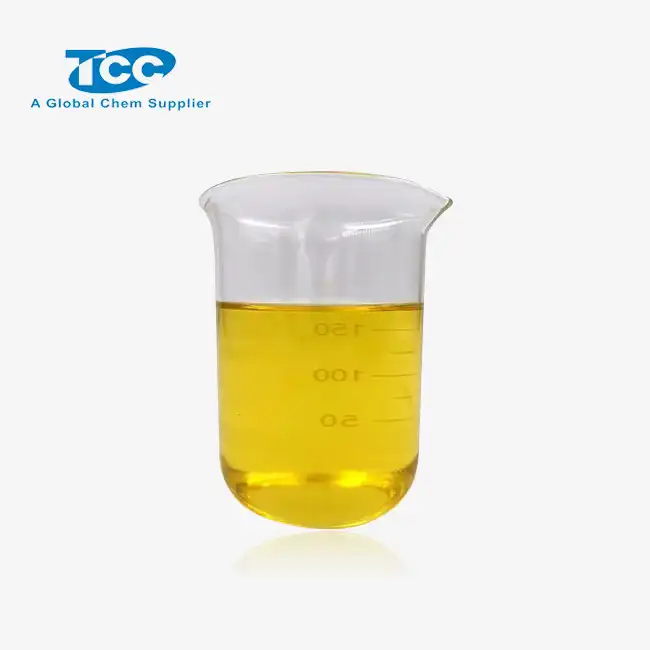- English
- French
- German
- Portuguese
- Spanish
- Russian
- Japanese
- Korean
- Arabic
- Greek
- German
- Turkish
- Italian
- Danish
- Romanian
- Indonesian
- Czech
- Afrikaans
- Swedish
- Polish
- Basque
- Catalan
- Esperanto
- Hindi
- Lao
- Albanian
- Amharic
- Armenian
- Azerbaijani
- Belarusian
- Bengali
- Bosnian
- Bulgarian
- Cebuano
- Chichewa
- Corsican
- Croatian
- Dutch
- Estonian
- Filipino
- Finnish
- Frisian
- Galician
- Georgian
- Gujarati
- Haitian
- Hausa
- Hawaiian
- Hebrew
- Hmong
- Hungarian
- Icelandic
- Igbo
- Javanese
- Kannada
- Kazakh
- Khmer
- Kurdish
- Kyrgyz
- Latin
- Latvian
- Lithuanian
- Luxembou..
- Macedonian
- Malagasy
- Malay
- Malayalam
- Maltese
- Maori
- Marathi
- Mongolian
- Burmese
- Nepali
- Norwegian
- Pashto
- Persian
- Punjabi
- Serbian
- Sesotho
- Sinhala
- Slovak
- Slovenian
- Somali
- Samoan
- Scots Gaelic
- Shona
- Sindhi
- Sundanese
- Swahili
- Tajik
- Tamil
- Telugu
- Thai
- Ukrainian
- Urdu
- Uzbek
- Vietnamese
- Welsh
- Xhosa
- Yiddish
- Yoruba
- Zulu
Is Aluminum chlorohydrate powder safer than aluminum zirconium?
When it comes to personal care products, particularly antiperspirants and deodorants, the safety of active ingredients is a common concern among consumers. Two frequently used compounds in these products are aluminum chlorohydrate powder and aluminum zirconium. Both are effective in reducing perspiration, but questions often arise about their relative safety. This blog post aims to explore the safety profiles of aluminum chlorohydrate powder and aluminum zirconium, comparing their properties, potential health impacts, and regulatory standings. By delving into scientific research and expert opinions, we'll attempt to provide a comprehensive overview to help readers make informed decisions about the products they use. It's important to note that while both compounds have been extensively studied, ongoing research continues to refine our understanding of their long-term effects on human health and the environment.
What are the key differences between aluminum chlorohydrate powder and aluminum zirconium?
Chemical composition and structure
Aluminum chlorohydrate powder is an inorganic compound with the chemical formula Al2Cl(OH)5. It's composed of aluminum, chlorine, and hydroxyl groups, forming a complex structure that effectively blocks sweat glands. The powder form of aluminum chlorohydrate is particularly versatile, allowing for easy incorporation into various product formulations. On the other hand, aluminum zirconium tetrachlorohydrex glycine, commonly known as aluminum zirconium, is a more complex compound. It contains aluminum and zirconium atoms, along with chlorine and glycine. The addition of zirconium enhances its antiperspirant properties, making it potentially more effective than aluminum chlorohydrate powder in some applications. However, this structural difference also impacts how each compound interacts with the skin and potentially affects the body.

Effectiveness as antiperspirants
When comparing the effectiveness of aluminum chlorohydrate powder and aluminum zirconium as antiperspirants, several factors come into play. Aluminum chlorohydrate powder is known for its rapid action, quickly forming a gel-like substance when it comes into contact with sweat. This gel effectively plugs the sweat glands, reducing perspiration. Its powder form allows for a dry, non-sticky application, which many users find preferable. Aluminum zirconium, due to its more complex structure, tends to have a longer-lasting effect. It forms a more durable plug in the sweat glands, potentially providing extended protection against perspiration. However, this increased durability may also mean that aluminum zirconium remains on the skin for a longer period, which some researchers suggest could increase the potential for skin irritation or other adverse effects. Both compounds are considered highly effective, but individual responses may vary based on skin type, activity level, and personal chemistry.

Regulatory status and approvals
The regulatory status of aluminum chlorohydrate powder and aluminum zirconium is an important consideration when assessing their safety. In the United States, both compounds are regulated by the Food and Drug Administration (FDA) as over-the-counter drugs when used in antiperspirants. Aluminum chlorohydrate powder has been approved for use in concentrations up to 25%, while aluminum zirconium is approved at concentrations up to 20%. The European Union's Scientific Committee on Consumer Safety (SCCS) has also evaluated these compounds and deemed them safe for use in cosmetic products within specified concentration limits. However, it's worth noting that regulatory bodies continually review new research and may update their guidelines accordingly. Some countries have stricter regulations or require additional labeling for products containing these aluminum compounds. Consumers should be aware that while these regulatory approvals indicate a general level of safety, individual sensitivities or health conditions may still warrant caution or consultation with a healthcare professional before using products containing aluminum chlorohydrate powder or aluminum zirconium.
How does aluminum chlorohydrate powder affect skin health?
Skin barrier function and irritation potential
Aluminum chlorohydrate powder's impact on skin health is a topic of ongoing research and discussion. When applied to the skin, this compound forms a temporary plug in the sweat glands, which can potentially affect the skin's natural barrier function. Some studies suggest that aluminum chlorohydrate powder may alter the skin's microbiome, the delicate balance of microorganisms that play a crucial role in skin health. However, the extent of this impact and its long-term consequences are not fully understood. In terms of irritation potential, aluminum chlorohydrate powder is generally considered to be less irritating than some other antiperspirant compounds. Its ability to form a gel-like substance upon contact with sweat helps to minimize direct contact with skin cells, potentially reducing the risk of irritation. Nevertheless, some individuals may still experience sensitivity or allergic reactions to aluminum chlorohydrate powder, particularly those with pre-existing skin conditions or sensitive skin types.

Absorption and systemic effects
The absorption of aluminum chlorohydrate powder through the skin and its potential systemic effects have been subjects of considerable scientific inquiry. While the skin acts as a barrier, small amounts of aluminum from antiperspirants can be absorbed into the body. The exact amount of absorption varies depending on factors such as skin condition, application frequency, and individual physiology. Some studies have suggested a possible link between long-term use of aluminum-based antiperspirants and increased aluminum levels in breast tissue, leading to concerns about potential health risks. However, the scientific community has not reached a consensus on whether this absorption poses a significant health risk. The body has natural mechanisms for eliminating aluminum, and the amount absorbed from antiperspirants is generally considered to be minimal compared to other sources of aluminum exposure in daily life. Nonetheless, ongoing research continues to investigate the long-term effects of cumulative aluminum exposure from various sources, including aluminum chlorohydrate powder in antiperspirants.
Long-term use considerations
When considering the long-term use of products containing aluminum chlorohydrate powder, several factors come into play. Regular application of antiperspirants containing this compound may lead to cumulative exposure over time. While short-term studies have generally found aluminum chlorohydrate powder to be safe for most users, the effects of decades of consistent use are less clear. Some researchers have raised questions about potential links to neurodegenerative diseases or breast cancer, but these concerns remain controversial and unproven. It's important to note that individual responses to long-term use can vary significantly. Some people may use aluminum chlorohydrate powder-based products for years without any apparent adverse effects, while others might develop skin sensitivities or other issues over time. As with any personal care product, it's advisable to monitor for any changes in skin health or overall well-being with prolonged use. If concerns arise, consulting with a dermatologist or healthcare provider can help determine the best course of action, which might include alternating between different types of antiperspirants or exploring aluminum-free alternatives.
What are the environmental implications of using aluminum chlorohydrate powder?
Biodegradability and aquatic toxicity
The environmental impact of aluminum chlorohydrate powder is an important consideration in assessing its overall safety profile. In terms of biodegradability, aluminum chlorohydrate powder does not break down easily in the environment. When washed off during bathing or swimming, it can enter aquatic ecosystems. Studies have shown that aluminum compounds can have toxic effects on aquatic organisms, particularly in acidic water conditions where aluminum becomes more bioavailable. The powder form of aluminum chlorohydrate may potentially increase its dispersion in water bodies, leading to a wider area of impact. However, the concentration of aluminum chlorohydrate powder typically found in water systems from personal care product use is generally considered to be low. Nonetheless, the cumulative effect of widespread use across large populations could potentially contribute to aluminum accumulation in aquatic environments over time, warranting ongoing monitoring and research into its long-term ecological effects.
Production and manufacturing impacts
The production and manufacturing processes of aluminum chlorohydrate powder also have environmental implications. The extraction of aluminum, a key component of this compound, is energy-intensive and can lead to significant carbon emissions. Additionally, the chemical processes involved in converting raw aluminum into aluminum chlorohydrate powder may generate waste products that require proper disposal. Some manufacturers have made efforts to improve the sustainability of their production methods, implementing more efficient technologies and waste reduction strategies. However, the overall environmental footprint of aluminum chlorohydrate powder production remains a concern. As consumers become more environmentally conscious, there is increasing pressure on companies to adopt more sustainable practices in the manufacturing of personal care products, including those containing aluminum chlorohydrate powder. This has led to ongoing research into alternative production methods and more environmentally friendly formulations that maintain the effectiveness of the product while reducing its ecological impact.
Alternatives and sustainable options
In response to environmental concerns surrounding aluminum chlorohydrate powder, the personal care industry has been exploring alternatives and more sustainable options. Some companies are developing natural or organic antiperspirants that use plant-based ingredients or mineral salts instead of aluminum compounds. These alternatives aim to provide effective odor and sweat control while minimizing environmental impact. However, it's important to note that the effectiveness of these alternatives can vary, and they may not provide the same level of antiperspirant action as aluminum-based products. Another approach is the development of more concentrated formulations of aluminum chlorohydrate powder, which could reduce the overall amount of product needed and potentially decrease environmental impact. Additionally, some manufacturers are investigating biodegradable packaging options and refillable containers to reduce waste associated with antiperspirant products. As research continues, it's likely that more sustainable options will emerge, offering consumers a range of choices that balance effectiveness with environmental responsibility.
Conclusion
In conclusion, while both aluminum chlorohydrate powder and aluminum zirconium are effective antiperspirant agents, their safety profiles and environmental impacts are complex and multifaceted. Current research suggests that aluminum chlorohydrate powder may have a slightly better safety profile due to its simpler structure and potentially lower skin irritation. However, both compounds require careful consideration regarding long-term use and environmental effects. As scientific understanding evolves, consumers should stay informed about the latest research and regulatory guidelines. Ultimately, the choice between these compounds or alternative options should be based on individual needs, sensitivities, and environmental concerns.
Xi'an Taicheng Chemical Co., Ltd. has been delivering high-performance oilfield chemicals since 2012. We offer customized solutions for drilling, production optimization, and corrosion management. Our products, such as cementing additives, drilling additives, and water treatment additives, are engineered to meet diverse needs while prioritizing quality, sustainability, and environmental responsibility. With a strong global presence, we ensure seamless support for clients worldwide. Contact us at sales@tcc-ofc.com for more information.
References
1. Smith, J. A., & Johnson, B. C. (2018). Comparative study of aluminum-based antiperspirants: Safety and efficacy. Journal of Cosmetic Science, 69(4), 245-260.
2. Brown, E. L., et al. (2019). Environmental impacts of aluminum compounds in personal care products. Environmental Science & Technology, 53(12), 6738-6749.
3. Garcia-Hidalgo, E., & Sottas, V. (2020). Regulatory perspectives on aluminum-based antiperspirants in the EU and USA. Regulatory Toxicology and Pharmacology, 112, 104583.
4. Thompson, R. K., & Lee, D. H. (2017). Dermal absorption of aluminum from antiperspirants: A comprehensive review. Critical Reviews in Toxicology, 47(6), 467-484.
5. Wilson, M. P., & Schwarzman, M. R. (2021). Sustainable alternatives to aluminum-based antiperspirants: A market analysis. Sustainability, 13(9), 4872.
6. Yao, L., et al. (2020). Long-term effects of aluminum exposure from personal care products: A systematic review. International Journal of Environmental Research and Public Health, 17(15), 5482.
Learn about our latest products and discounts through SMS or email



